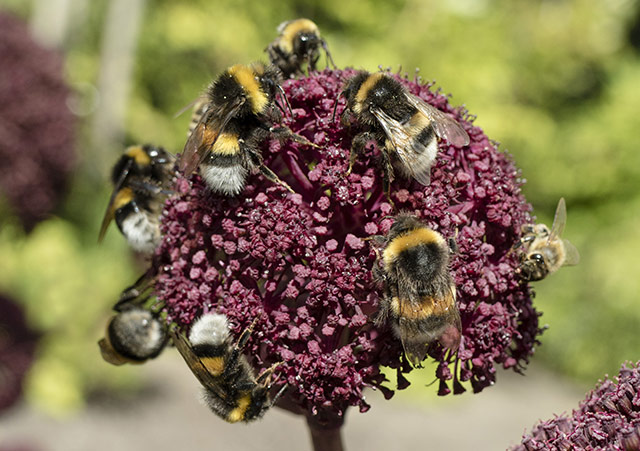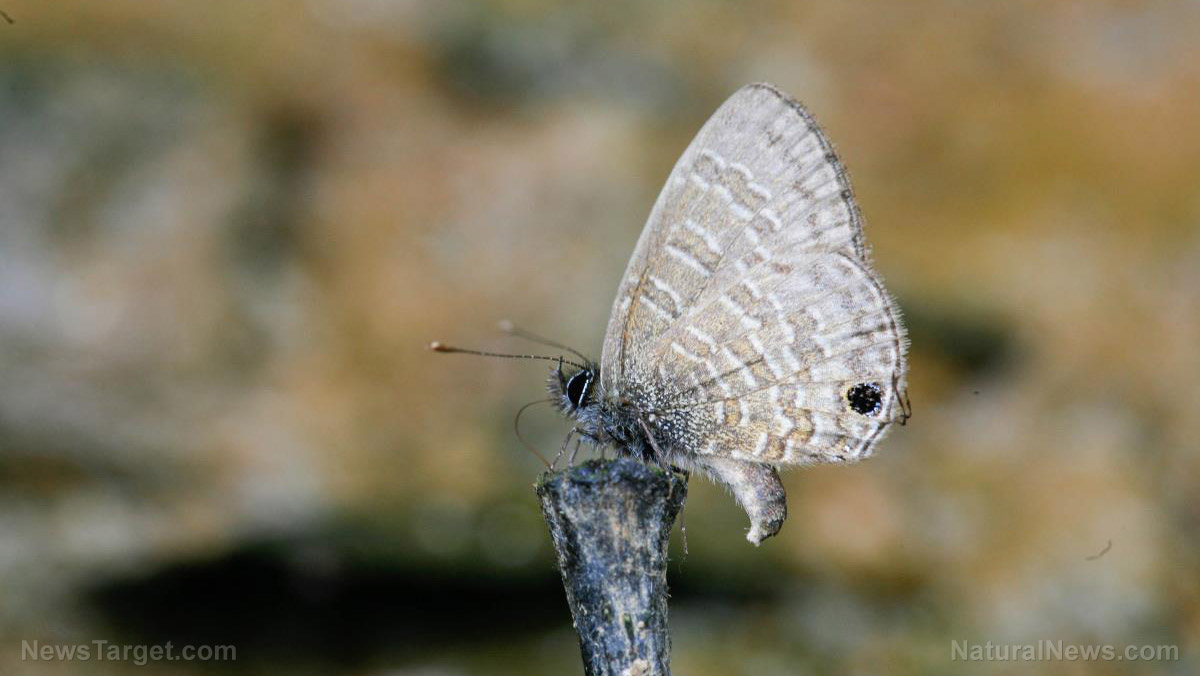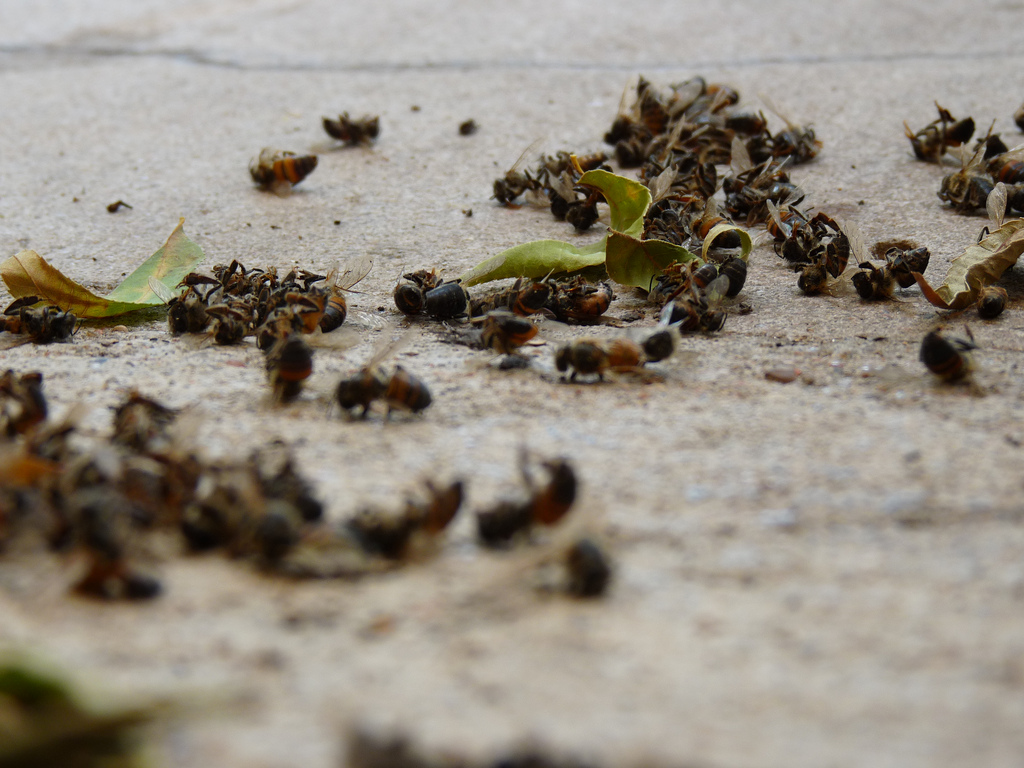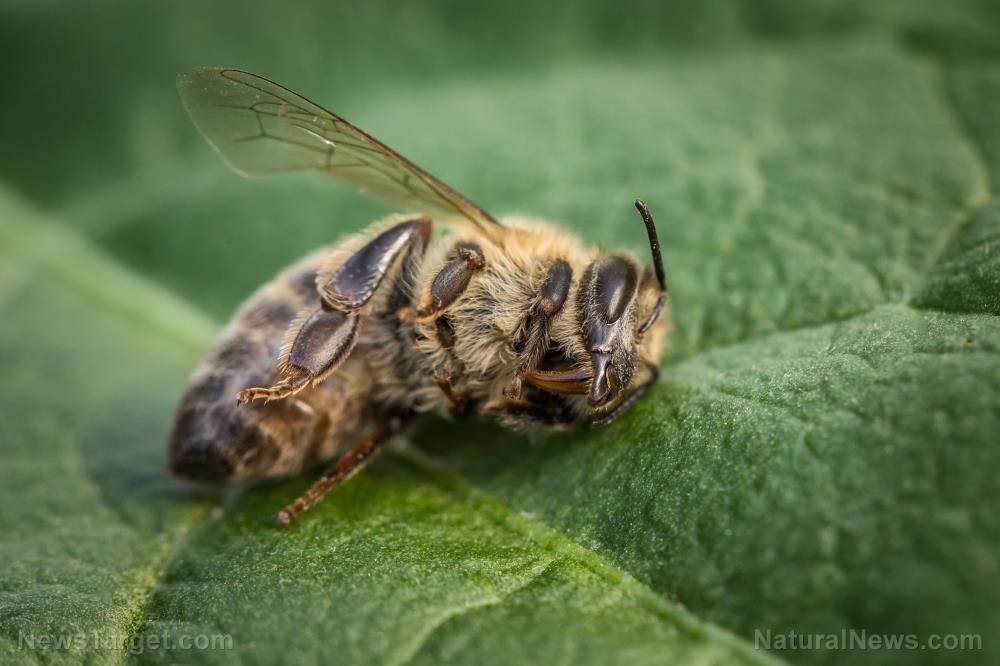
In a study published early this month, researchers at the Laboratory of Apiculture and Social Insects (LASI) at England's University of Sussex found that bumblebees and honeybees differ in terms of their foraging efficiency. Their difference in this aspect explains why they dominate different flower species.
The findings, which appeared in the journal Ecology, showed that bumblebees move between flowers faster than honeybees. However, they use up nearly twice as much energy as honeybees because they are nearly twice as heavy. So what bumblebees gain in terms of energy from nectar via their greater flower-visiting rate is canceled out by their greater weight.
The researchers also found that flower characteristics appeared to influence bee foraging speeds. For example, the nimble honeybee can easily grip its body upside down to probe pendulous flowers quickly. The bumblebee, being heavier, has a harder time doing the same. As such, bumblebees don't dominate those flowers.
In contrast, honeybees' tongues are too short to easily probe the lavender plant's deep tubes. Their legs are far too weak to quickly probe tightly packed clumps of flowers as well. Bumblebees are superior in both cases and, as such, dominate those kinds of flowers.
Different bees dominate different flower species
Various factors affect bees' foraging efficiency, including tongue length, body mass and wing length. Energetic efficiency is a single measure that encompasses all of those factors.
How energetic efficiency applies to community-level resource partitioning has not been explored fully. To that end, the researchers analyzed the behavior of over 1,000 bees. They also studied 22 flower species in Southern England. The flowers were in various locations, including parks, a nature reserve, and the countryside.
They used a portable electronic balance to weigh each bee and determined that bumblebees were almost twice as heavy as honeybees. This means they use almost twice as much energy, too.
Using stopwatches, the researchers timed honeybees and bumblebees as they moved among the flowers. They found that bumblebees moved twice as fast as honeybees as if to compensate for their energy expenditure. Bumblebees also visited certain flowers, such as lavender, at almost three times the rate of honeybees.
The researchers also observed that the flowers' structure had a great impact on bees' energetic efficiency. For instance, they observed that honeybees dominated ling heather. The plant typically grows clumps of small flowers, which are better suited for nimbler pollinators like honeybees.
On the other hand, bumblebees dominated erica heather. The researchers found this plant growing beside the ling heather in the same nature reserve. Erica heather grows large, bell-shaped flowers.
To sum up, bees dominate those flower species whose structure complements their energetic efficiency, which may explain why different bee species, such as honeybees and bumblebees, do not compete head-on for nectar. This is reassuring in terms of bee conservation because flowering plants are diverse.
Bee conservation greatly benefits from flower diversity, said co-author Francis Ratnieks. He added that flower diversity should be a focus on bee conservation efforts.
This study also shows that the general public can help further bee conservation efforts by planting various summer-blooming flowers or cutting their grass less often. Lead author Nicholas Balfour said these can really help pollinators during late summer. (Related: Here’s a good excuse to wait on a chore: It’s good for the bees if you mow the yard less frequently.)
Read more articles about bee conservation at Bees.news.
Sources include:
Please contact us for more information.























